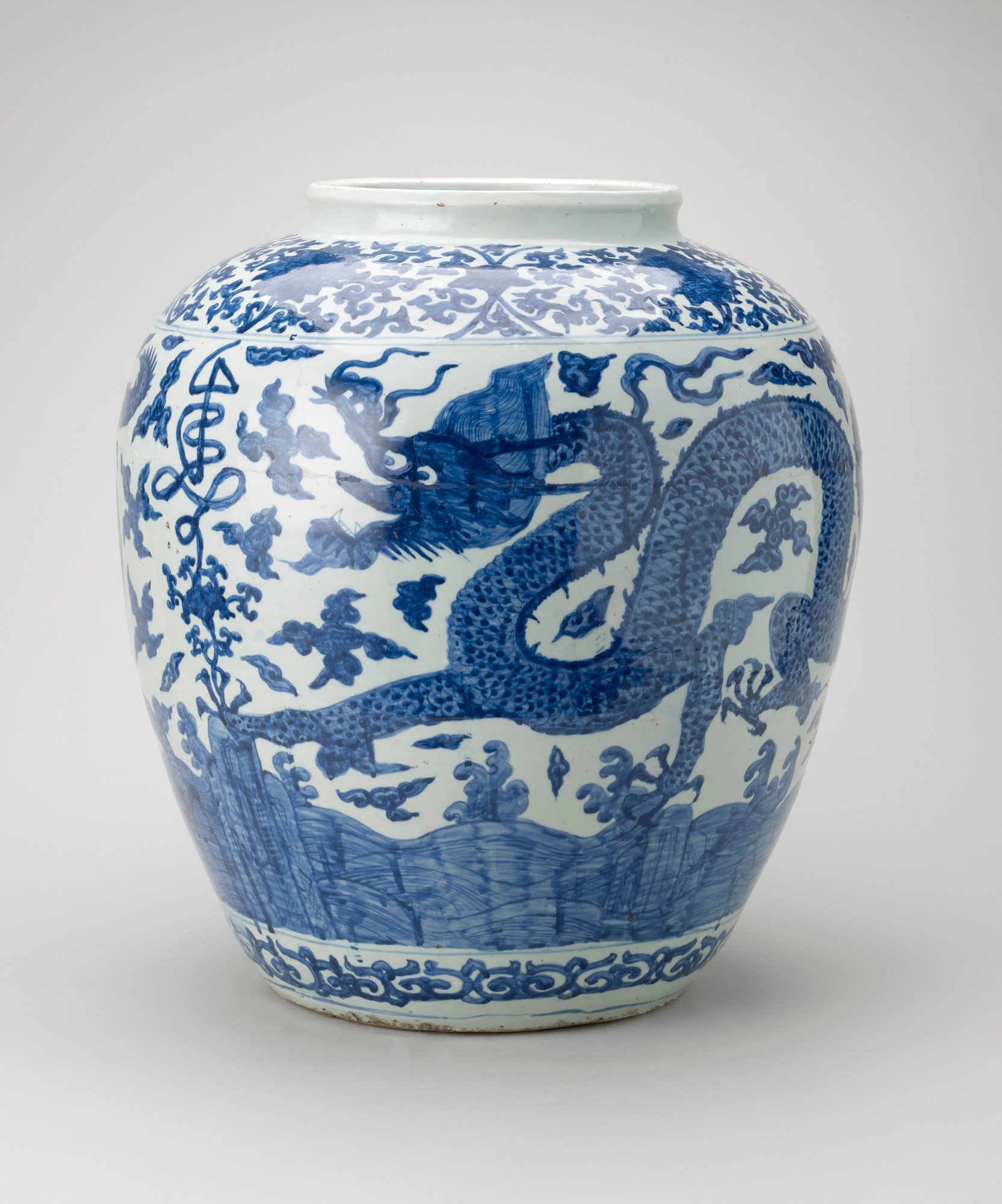
East Meets West
Extraordinary Chinese and Japanese Works of Art in the Royal Collection
Four Pagodas
porcelain: c.1800-3, mount: c.1816–18RCIN 1
George IV (1762–1830) was the most extravagant and prolific royal collector of Chinese and Japanese works of art. Among the most spectacular features of his seaside retreat at the Royal Pavilion in Brighton were four porcelain model pagodas, towering at almost 17 feet high. Composed of nine tiers and hung with bells, they were installed in the Music Room along with two smaller models. They can be seen on display in an etching of the Pavilion dated 1838 (RCIN 708000.ai)
Since the time of the Eastern Han Dynasty (25–220 AD), wooden pagodas had been built at Buddhist temples as storehouses for relics and other treasures. Many could be seen around the southern port of Canton, where they attracted the interest of visiting Europeans. The form had become familiar in Europe through drawings and prints and pagodas became a central element of the eighteenth-century fashion for 'chinoiserie'. The most famous full-size version created in Europe was built from brick in around 1763 at Kew, where it can still be seen today. George, Prince of Wales, was no doubt aware of these forms, but he may have been the first to order models made of porcelain.







